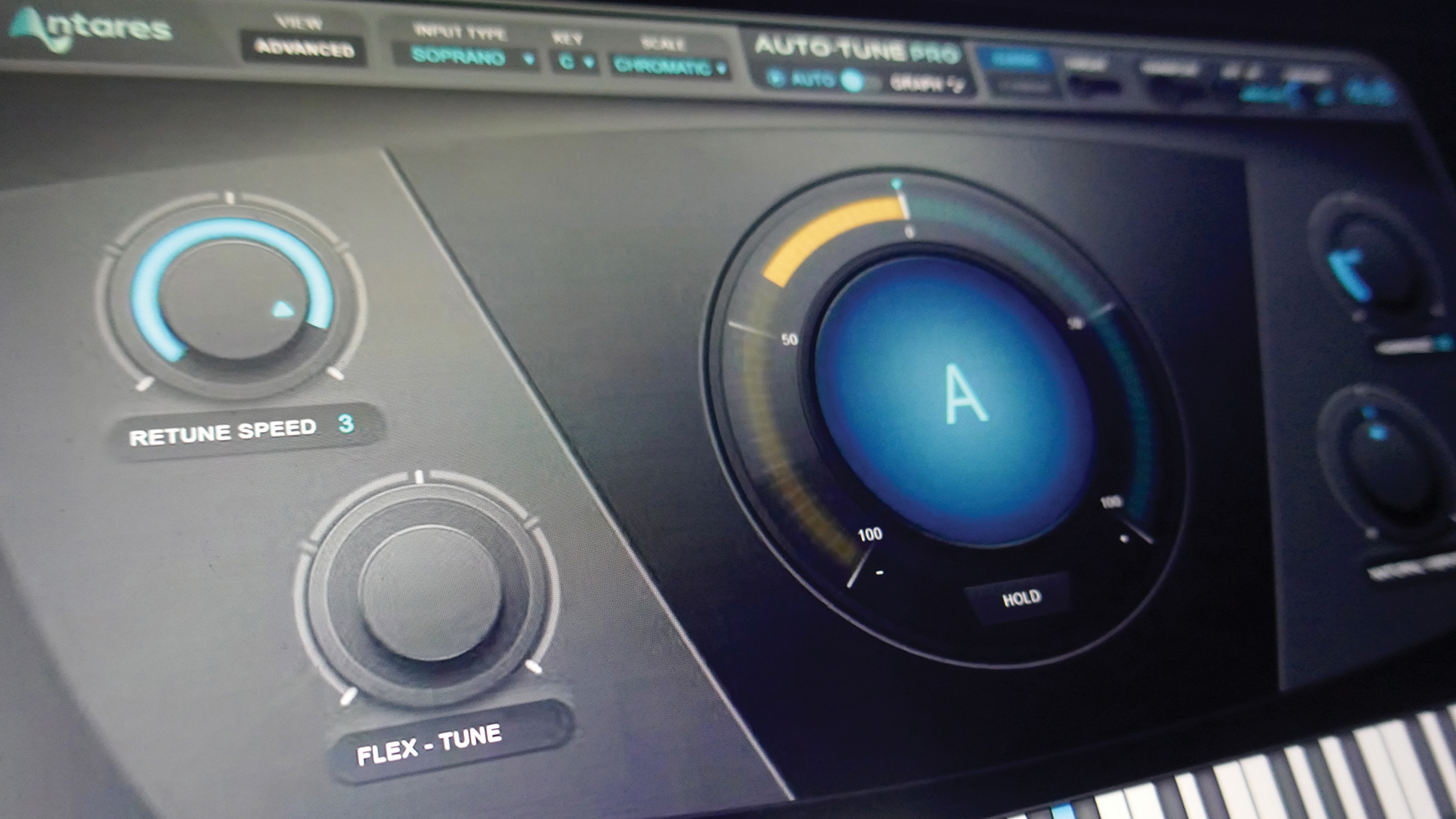
It might feel like a relatively new concept within the production psyche, but the process that we describe as ‘hard-tuning’ has been around for nearly 30 years.
Back in 1997, audio software company Antares released a new piece of software which it called Auto-Tune. Its sole purpose was to analyse an incoming audio signal, before correcting any imperfections in its pitch in real time. Prior to this, it was not uncommon for studios to play vocal parts into samplers, and correct serious tuning anomalies using the production equivalent of keyhole surgery.
It was a labour-intensive process, and one that Auto-Tune eradicated overnight. Moreover, the product name became an adjective, mistakenly applied whenever an artist used pitch correction software (much like the famous Hoover/vacuum cleaner paradigm).
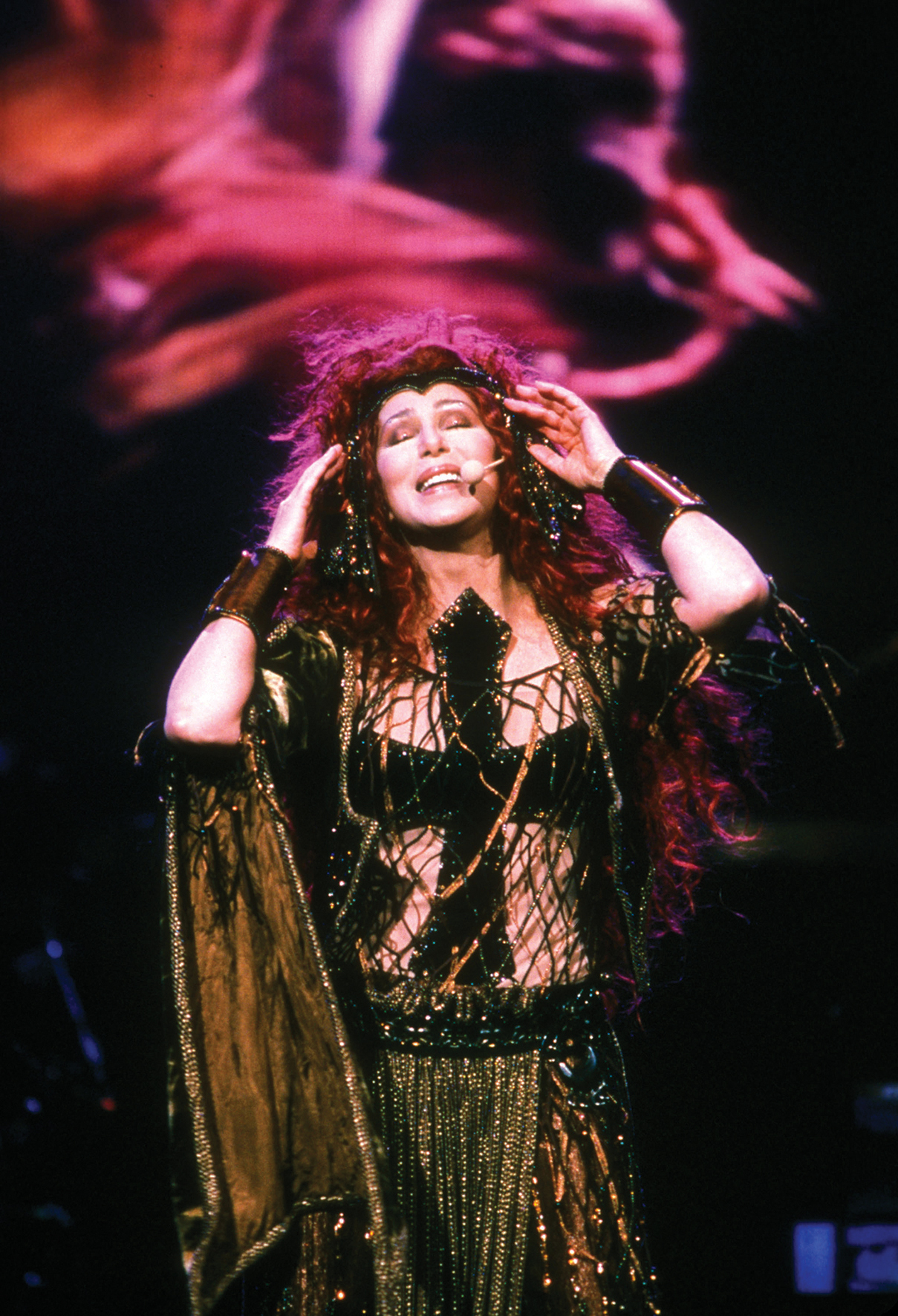
Rock-solid tuning
It didn’t take very long for early adopters of the Auto-Tune technology to realise that by increasing its auto-correction response time, you could engineer a sound which was quite otherworldly. Technically, the process is very different from vocoding, but the resulting output was certainly not a million miles away. It sounded different and contemporary, thanks to the lack of any remaining humanistic quality or inaccuracy.
Less than a year from its release date, Auto-Tune made one of its most notable appearances on Believe, a huge hit by Cher. This extreme use of pitch correction was coupled with a vocoder, provided by the Digitech Talker pedal.
While this release was not the first use of extreme pitch correction, it was certainly the moment where the concept, which became known as ‘hard-tuning’, picked up considerable traction. One genre that significantly adopted this process was R&B, and this concept has remained a part of its production style ever since.

Getting tuned
Antares clearly hit the market with a game-changing product. Auto-Tune became the must-have product, whether it was used as originally intended, as a quick and easy way to adjust tuning inaccuracy, or pushed it to its extremities for this new and highly addictive sound.
It didn’t take very long for other products to pick up the baton with this style of processing, as many off-the-shelf DAWs implemented their own versions of the Auto-Tune concept. Many of these were very useful, particularly for those on a budget, but they all seemed to fall slightly short of the benchmark set by Antares.
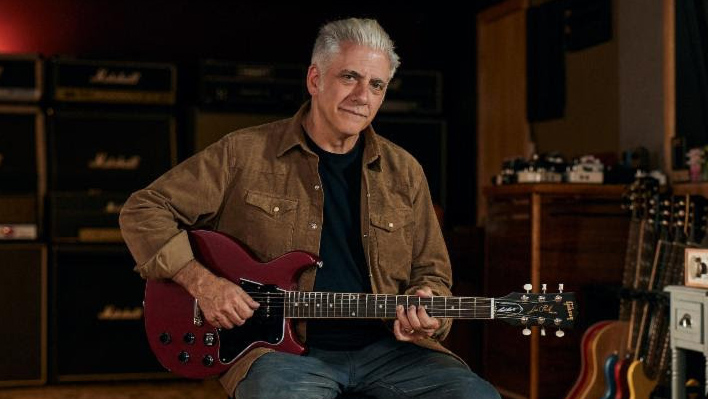
Rick Beato thinks Auto-Tune has 'destroyed popular music'. Here's why he's wrong
Shuffle forward to the year 2000, and Celemony Software entered the marketplace with its contender to the pitch correction crown, Melodyne. It wasn’t really the same form of product, but it was certainly impressive, with its ability to capture an audio signal and allow an extraordinary level of editing, which extended to the formant level, allowing the complete transformation of a vocal track. It did, however, lack the real time versatility of Auto-Tune, which remained an industry standard, largely endorsed by its speed and accuracy in use.
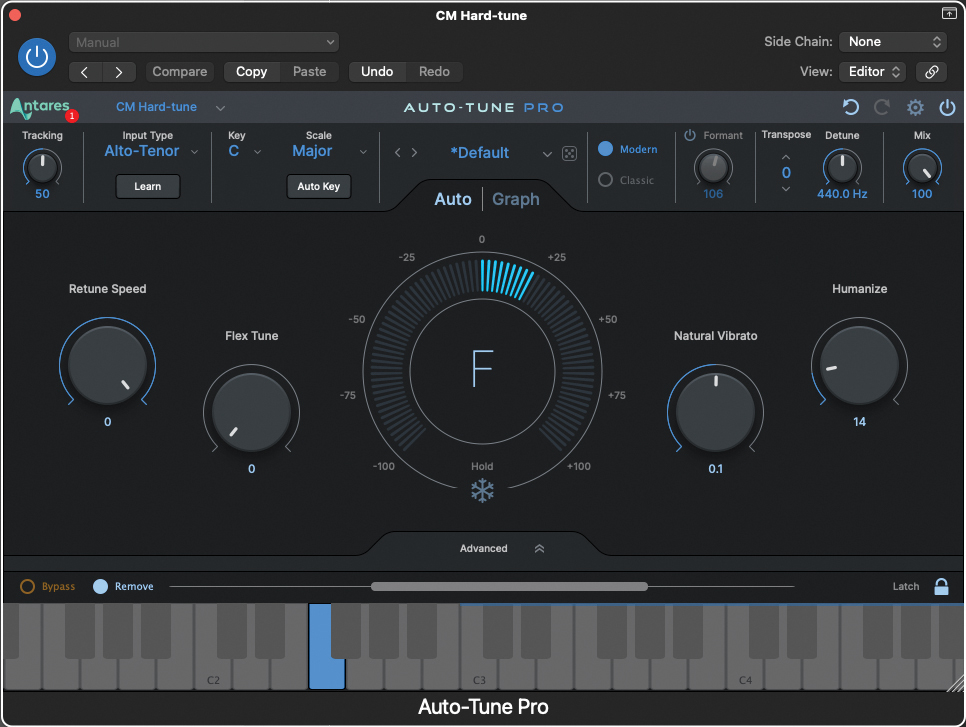
Light through a prism
While Antares was being applauded in the software domain, there were some very interesting developments occurring elsewhere, particularly in hardware. Digitech had been developing similar technologies for some years, but it was the concept of a hardware box, offering the ability to harmonise a voice in real time, that ignited a whole industry for auto-harmonisation, particularly in the live realm.
The concept relies on an inputted audio signal, which could be analysed to detect a note’s pitch, before applying an instant harmony to the inputted note, by recycling and re-sampling the supplied audio. This effect, which is rather like shining light into a prism to reveal the rainbow colours which go to make up white light (hence Prismizer), became popular with a number of artists, including Imogen Heap and Jacob Collier.
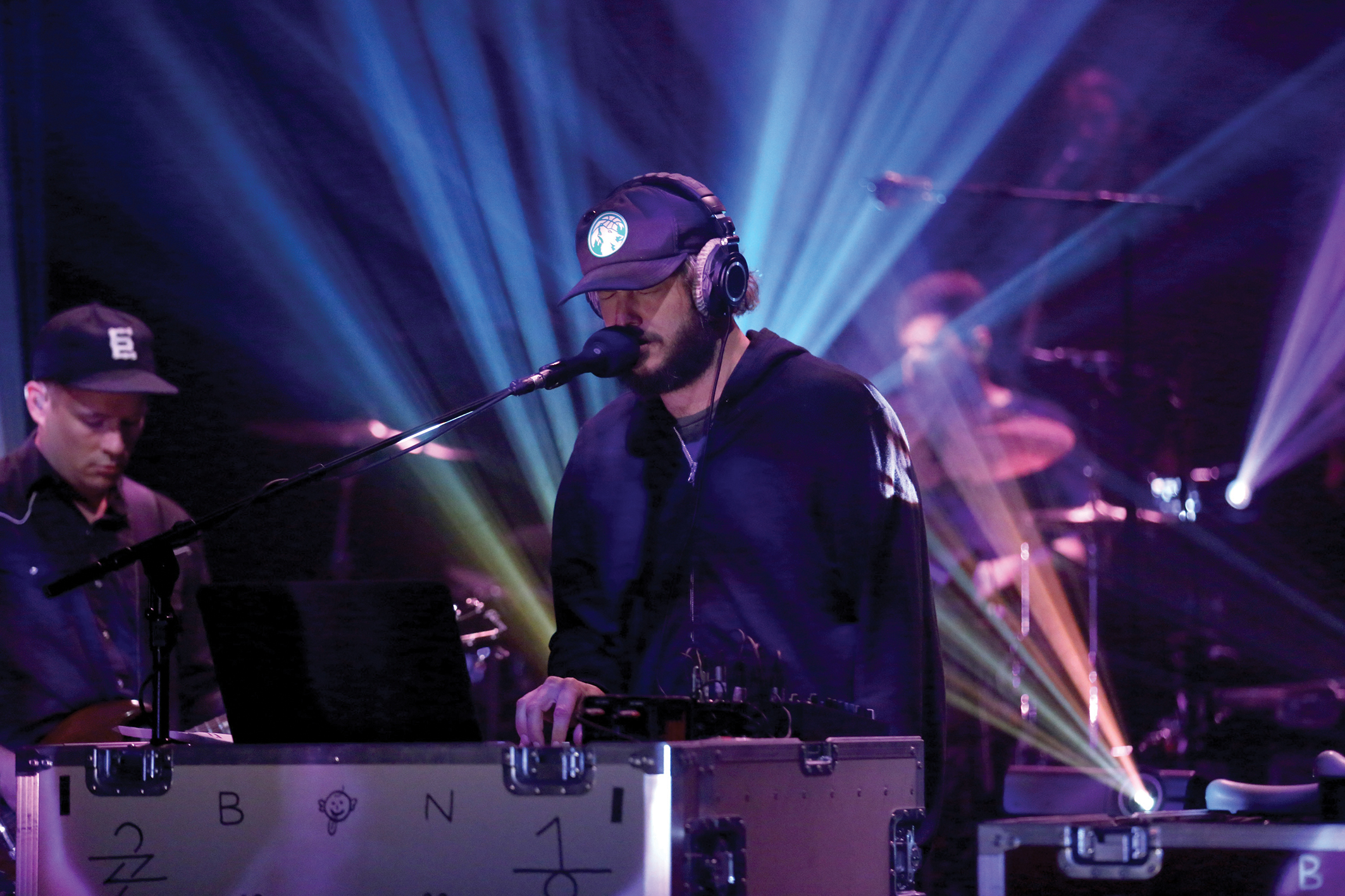
With each use of this harmoniser technology, the public imagination was captured, much like the first outings of Auto-Tune and its predecessor, vocoder technology. It was the use of this harmoniser technique alongside hard-tuning that found itself with the label of ‘Prismizer’, in no small part thanks to its use by the artist Bon Iver on the 2016 album 22, A Million.
The following year, a live performance of their track 715 – Creeks resulted in speculation about the production process. The reality is that the name might be new, but the concept and technology behind it was not at all. We could really just regard this as a repackaging of a sound, under a new label, albeit an incredibly impressive one!
Going full prism
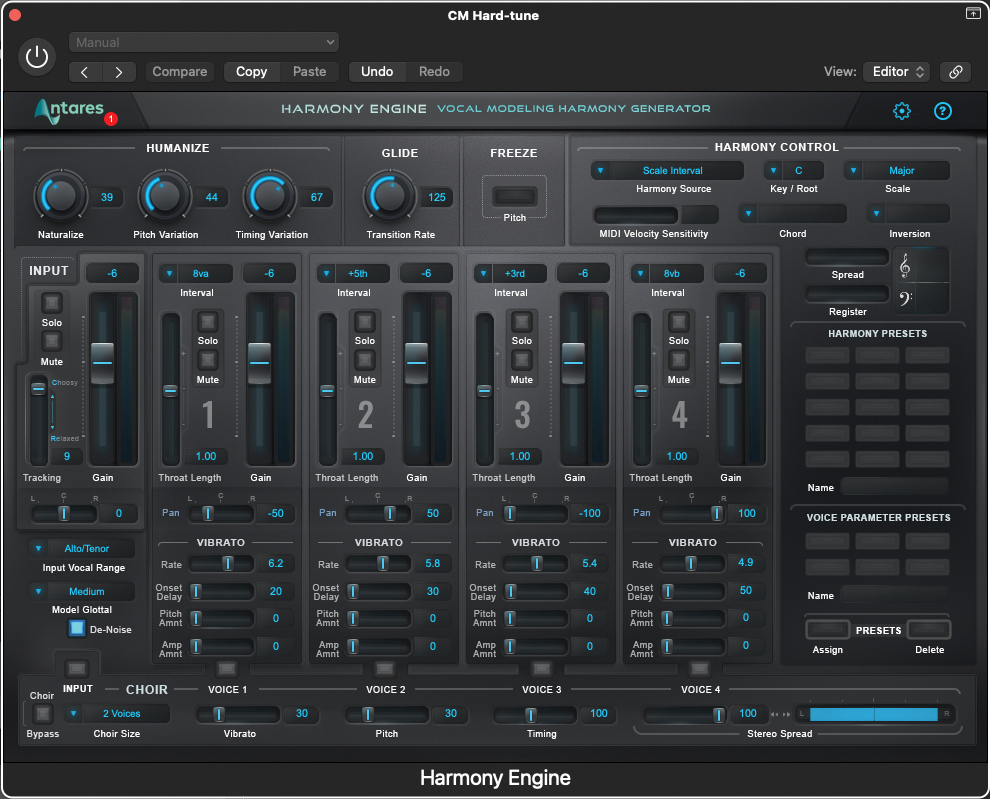
The good news is, if you want to recreate this effect, there are a couple of methods you can use within your DAW. We have a tutorial on this effect you can follow, but we have to mention the ease with which this effect can be created through the use of a further Antares product: Harmony Engine is specifically designed to react to an incoming audio stream, and apply a choral-like harmony, with immediacy and total ease. Link this to a hard-tuned vocal as your input it signal, and the Prismizer effect will be immediate and immensely gratifying.
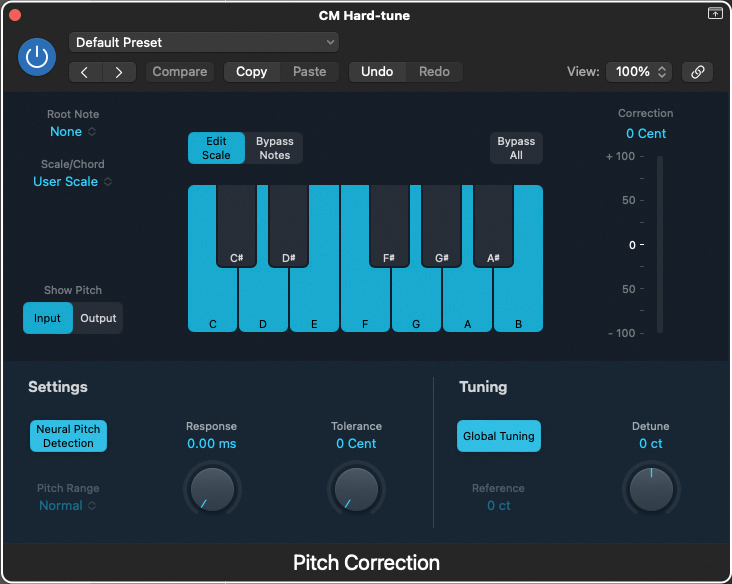
Prismizer live latency
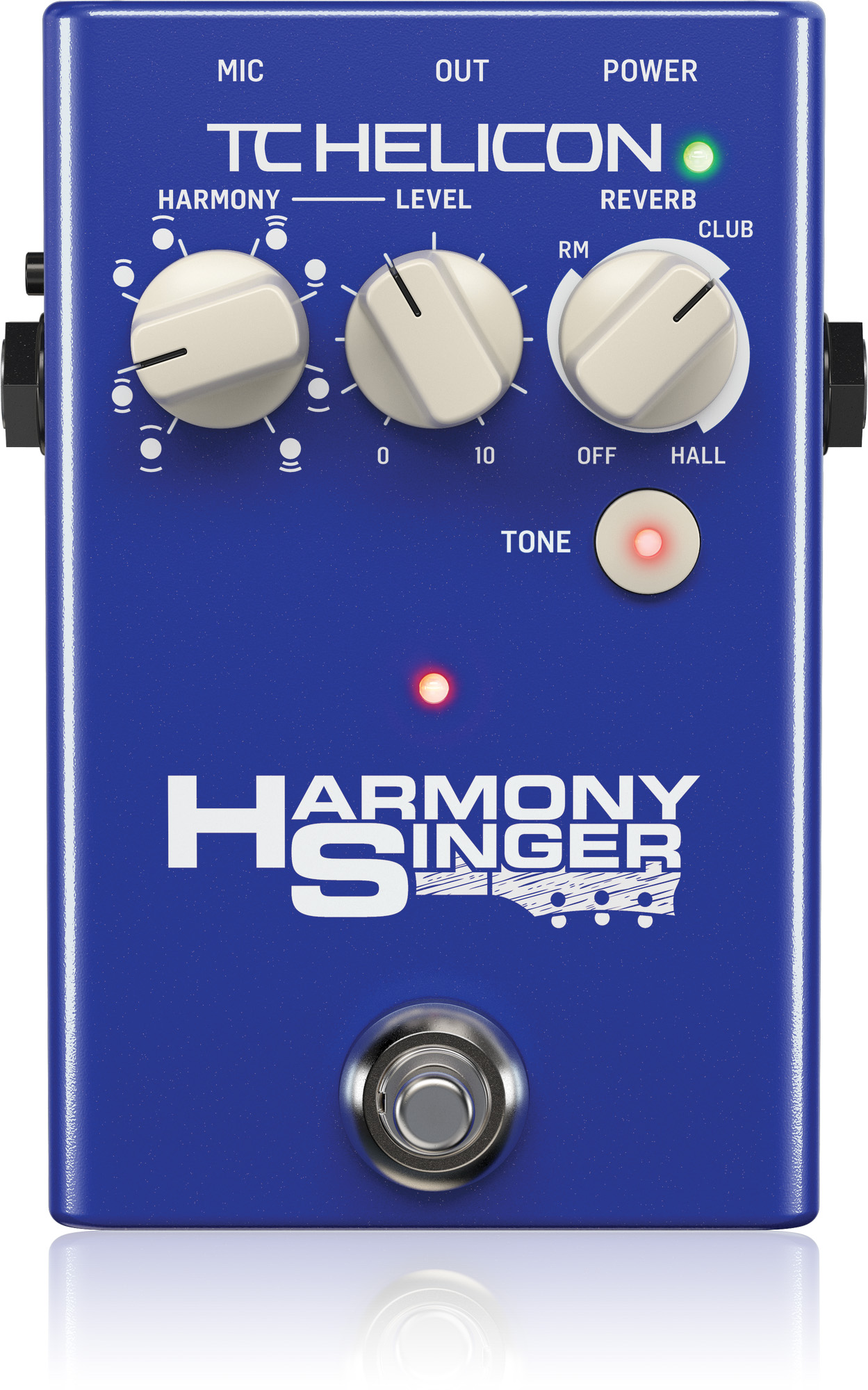
It’s simple enough to create the perfect hard-tuned and harmonised effects within our DAW, providing you have the right software. This is fine if we are working in the studio, but for any musician playing live (particularly singers), a less computer-orientated solution might feel better.
Thankfully, there are many pedals that will instantly harmonise your vocal, and they can simultaneously listen to a keyboard or guitar part and harmonise a vocal to suit chords being played at a given moment. All the usual guitar pedal companies provide their own solutions, but a couple of notable options are provided by TC Helicon: the Harmony Singer 2 and the Eventide H9 Max Harmonizer.
You could elect to take your laptop to your gig, and with a reasonably up-to-date machine, you should be able to keep latency low and achieve excellent results, using software. Keep those beer glasses away from your prized laptop though, before the harmonies come to a shuddering halt.







